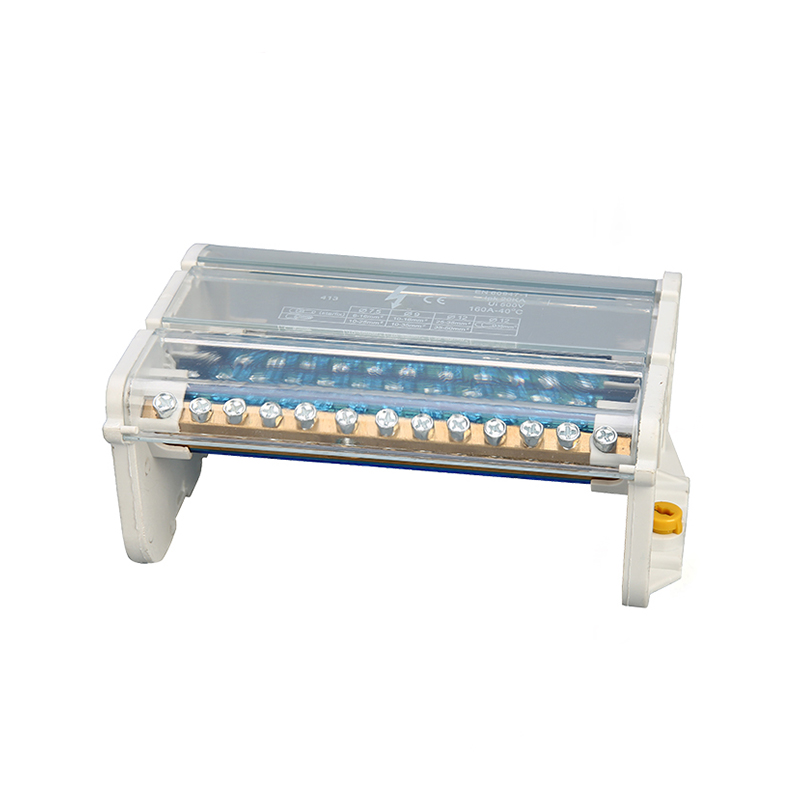Key features and functions of a power distribution block
2024-04-10
A power distribution block is an electrical component used to distribute electrical power from a single source to multiple loads or circuits. These blocks are designed to simplify wiring and provide a convenient and organized way to connect and distribute power in various electrical systems and applications.
Here are the key features and functions of a power distribution block:
1. Input Terminals: Power distribution blocks have input terminals where the main power supply conductor is connected. These terminals are typically designed to accommodate large-gauge wires or cables to handle the incoming electrical current.
2. Output Terminals: The block also features multiple output terminals where individual branch circuits or loads are connected. These terminals may be arranged in a row or a specific configuration, depending on the design of the distribution block.
3. Isolation and Insulation: Many power distribution blocks provide isolation between input and output terminals to prevent electrical interference and ensure safety. They may also feature insulation barriers or covers to protect against accidental contact with live parts.
4. Mounting Options: Distribution blocks are available in various mounting configurations to suit different installation requirements. They may be designed for panel mounting, DIN rail mounting, or surface mounting, allowing for flexibility in placement within electrical enclosures or control panels.
5. Current Rating: Power distribution blocks are rated for a specific maximum current capacity, which determines the maximum amount of electrical current that can safely pass through the block. It's crucial to select a distribution block with an appropriate current rating based on the anticipated load requirements.
6. Voltage Rating: Distribution blocks are also rated for voltage compatibility, indicating the maximum voltage that can be safely handled by the block. It's essential to choose a distribution block with a voltage rating suitable for the application's voltage levels.
7. Number of Poles: Distribution blocks may be single-pole (SP), double-pole (DP), or multi-pole (MP), depending on the number of conductors they can accommodate. Multi-pole distribution blocks allow for the distribution of power to multiple circuits or phases within a single block.
8. Modularity: Some distribution blocks are modular in design, allowing for easy expansion or customization of the distribution system. Modular blocks can be combined or interconnected to create larger distribution arrangements as needed.
9. Temperature and Environmental Ratings: Distribution blocks may be rated for specific temperature and environmental conditions to ensure reliable operation in various environments. High-temperature blocks, for example, are designed to withstand elevated temperatures without compromising performance.
Power distribution blocks are commonly used in industrial control panels, electrical cabinets, machinery, HVAC systems, renewable energy installations, and other applications where multiple loads need to be powered from a single source. They offer a convenient and efficient solution for organizing and distributing electrical power while ensuring safety and reliability in electrical systems.



